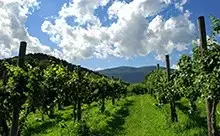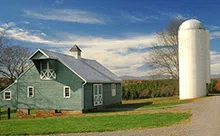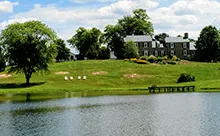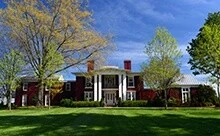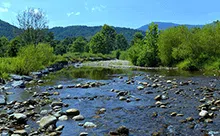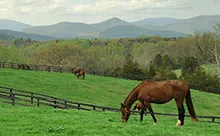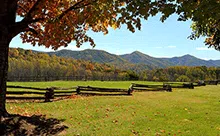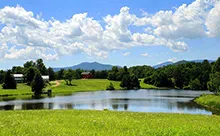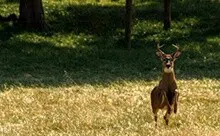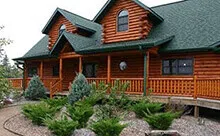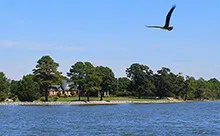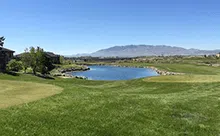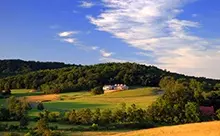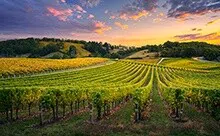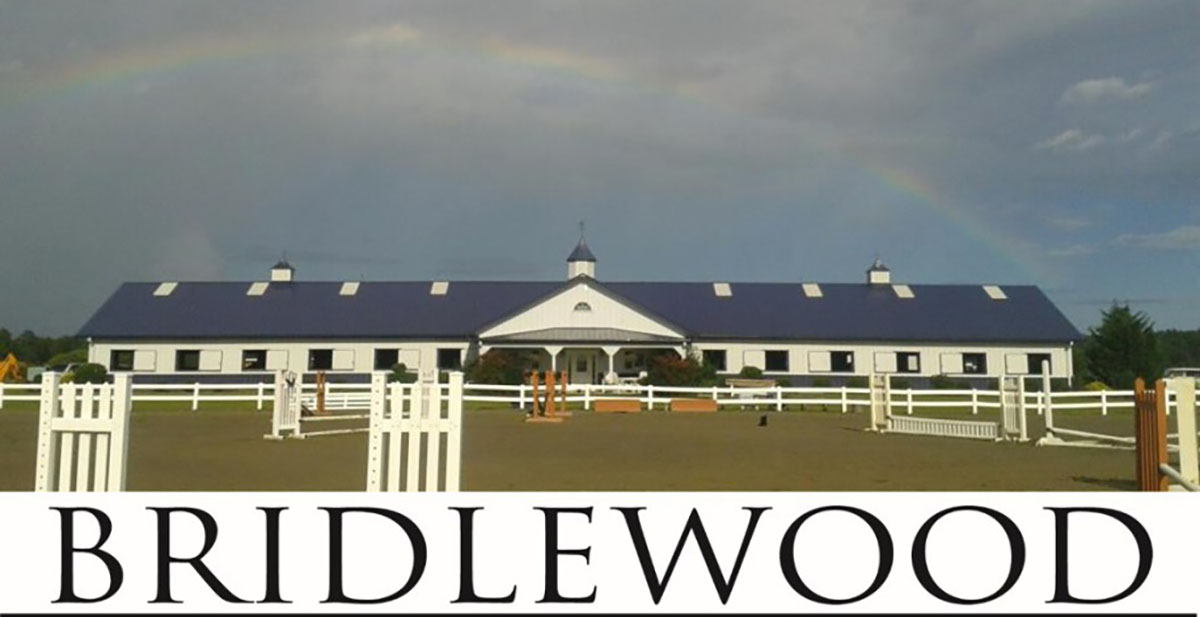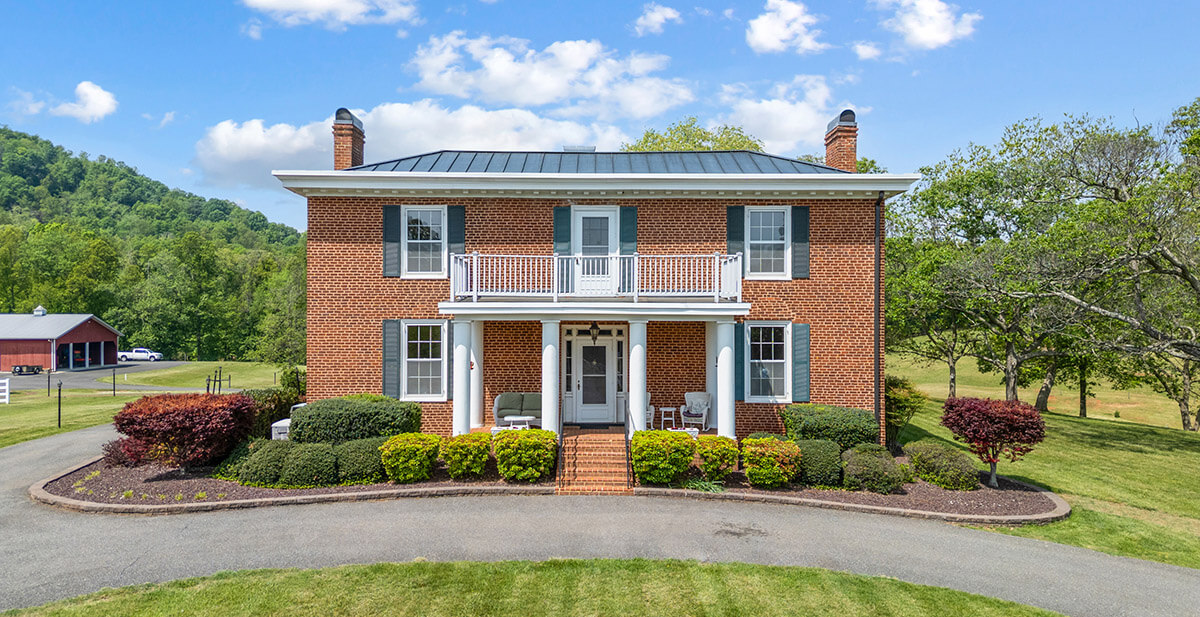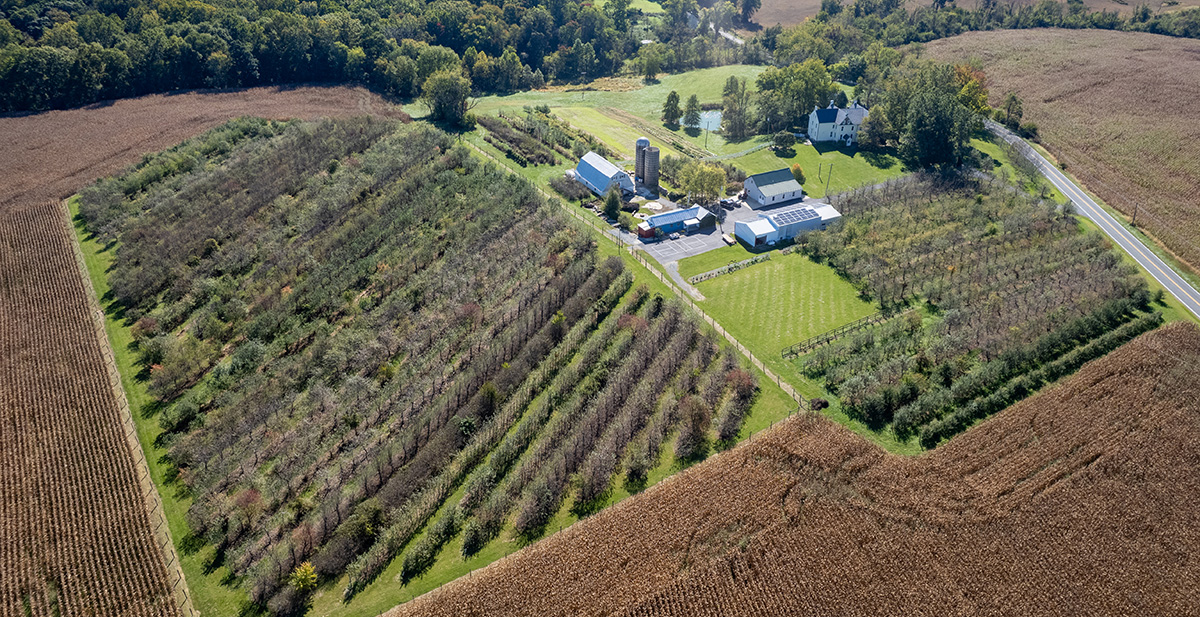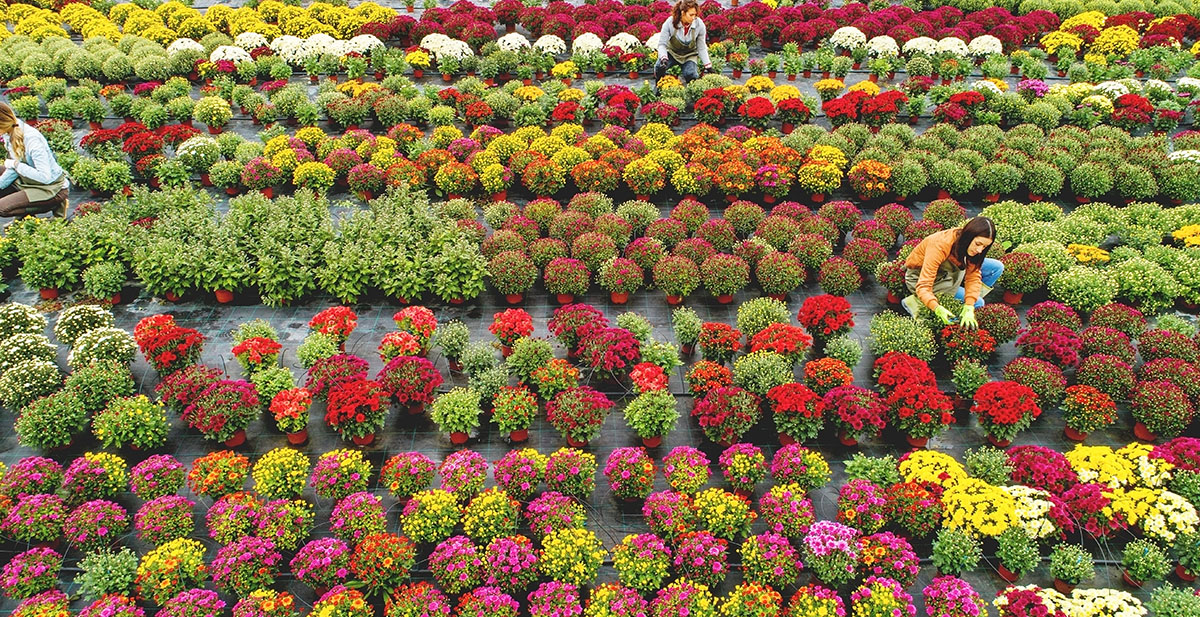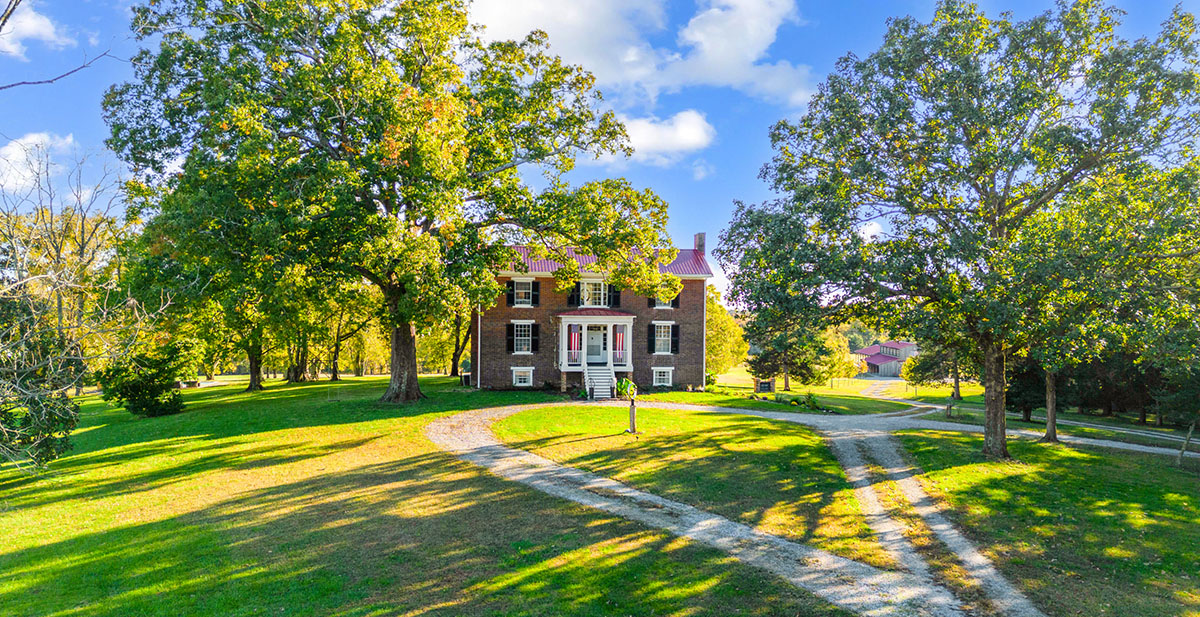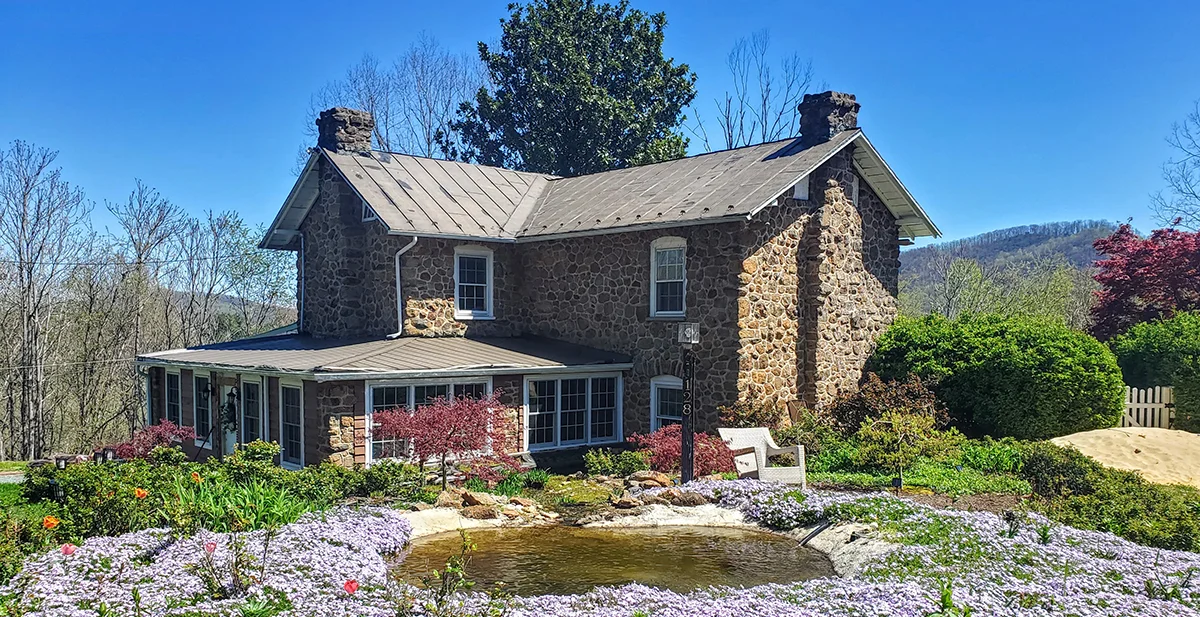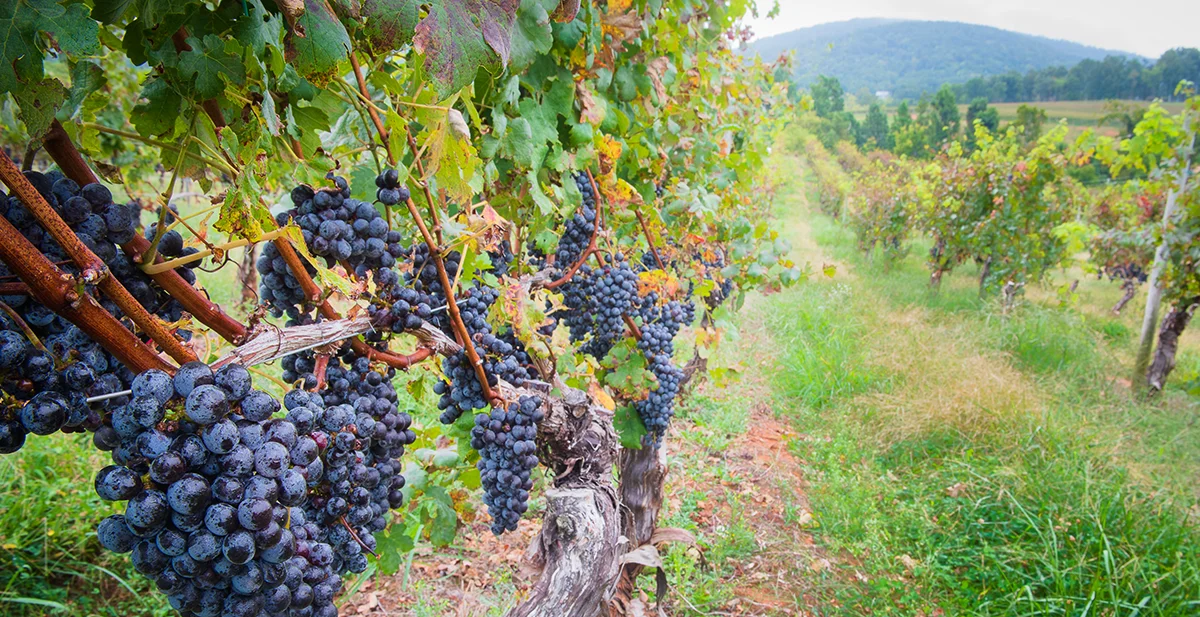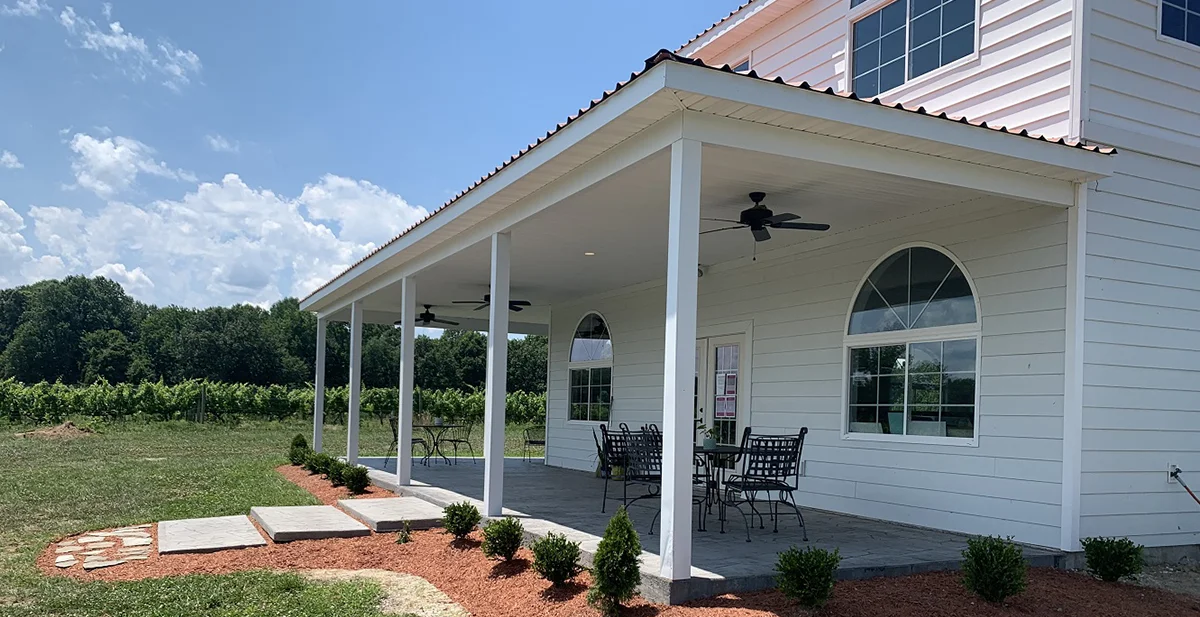
home / virginia real estate / farms / types of virginia farms / the virginia beef farm
The Virginia Beef Farm
Beef cattle farming is a tradition in Virginia. The climate, soils and rainfall support the volume of roughage needed to to support the second largest animal industry in the state.
Beef cattle farms have specialized at each stage of the production process. The farms are categorized by process as follows:
- Seed Stock Farm
- Commercial cow/calf Farm
- Backgrounder Farm
- Stocker Farm
- Cattle Finishing Farm
Seed Stock Farm
The seed stock farms create the breeding cattle for the beef cattle industry. The cattle are judged for meat production and hardiness. The seed stock farmer pays attention to the demands of the industry, only it has to be targeted four years into the future, given that it takes four years for the breeding, gestation, birth, weaning, and growing to show a complete breeding seed stock animal.
A seed stock farm is a farm dedicated to the improvement of the national herd. Careful attention is paid to the genetics and traits of the animals which make up this collection of elite cattle.
These cattle will, via outright purchase of bulls and cows, or the use of artificial insemination, create the bulk of the animals bred to mass produce beef. Animals with stellar traits such as an ability to breed well, resistance to pests and illness and an ability to manufacture beef are the bulwarks of the seed stock farm focus.
Commercial Cow/Calf Farm
The commercial cow/calf farm is the manufacturer of the cattle industry. Home to the breeding stock created on the seed stock farm, the year’s harvest of beef is produced on the commercial cow/calf farm. The calves are raised on the farm till they reach weaning weight. At roughly 500-800 pounds, the calves will be move on to the subsequent farms.
The land needed for the commercial cow/calf farm can be of a slightly less quality than the some of the other farming needs. The commercial cow/calf farm requires huge amounts of forage, but not necessarily the high quality forage that is required at other phases of the beef production line.
Backgrounder Farm
The weanlings go through a huge transition from mothers milk to strictly forage. A stressful time for the new calf, a backgrounder farm provides extra focus to the young animals not available on the stocker farm. Individual attention to the calves results in higher survival rates and less stress on the individual calf, a luxury not afforded on the stocker farm.
The weanlings are kept on the the backgrounder farm until they are able to thrive on their own. The backgrounder farm usually performs any vaccinations and teaches the calves to come to the trough.
Stocker Farm
A stocker farm is the site of the bulk of the cattle’s growth. Transitioned from the cow’s milk and thriving on forage, the calf is fed a diet of higher quality forage, hay or pasture, to put the meat on the bones. There is considerably less labor per animal as the calves are now treated as a herd. When pasture is available the labor is minimal. When hay is required, large round bales allow for efficient feeding of the herd.
Cattle Finishing Farm
Cattle that have been eating forage, and obtained a target size (varies per breed) are removed from the pasture and sent to the cattle finishing farm. The most profitable beef is labeled as a Choice or Select grade carcass. The American public prefers grain fed beef, so in order to deliver the beef of higher quality, the last 3 months of the cattle’s life will be spent eating high quality grain and putting on weight.
The Feedlot
The cattle, having obtained the final weight requirements, are shipped to the feedlot. The cattle’s journey ends at the feedlot where they are slaughtered and butchered and prepared for distribution to the grocery stores and local butchers across the country.
Rearing cattle for profit requires some specialization. The various aspects of cattle farming each offer a different farming experience. Virginia is home to over a million cattle. And a cattle farm may be the perfect home for you.


















